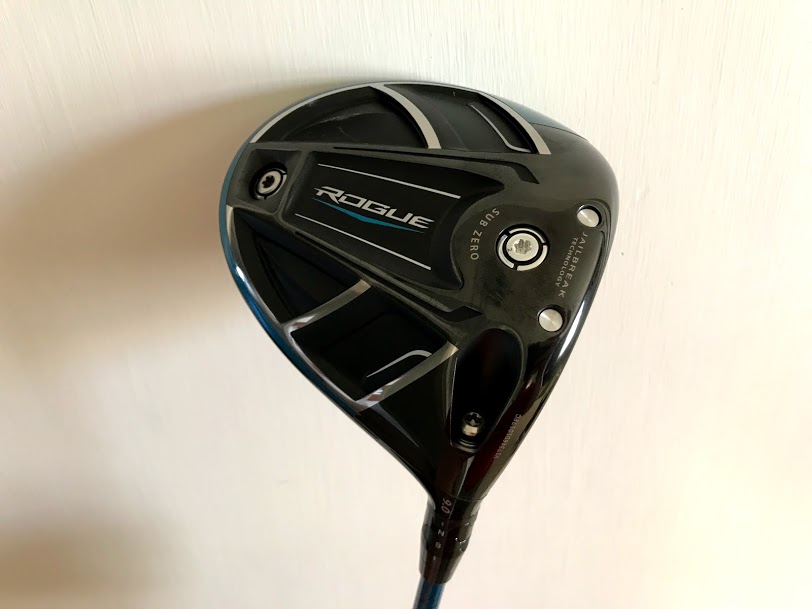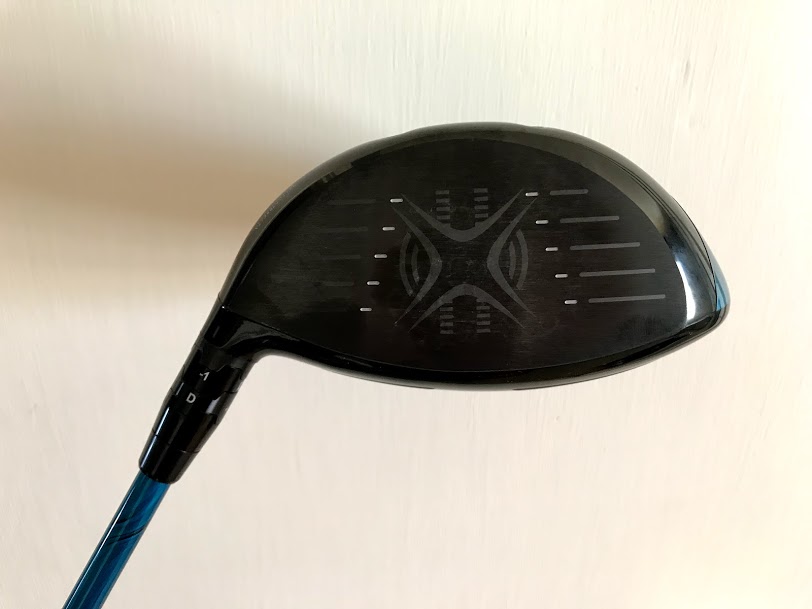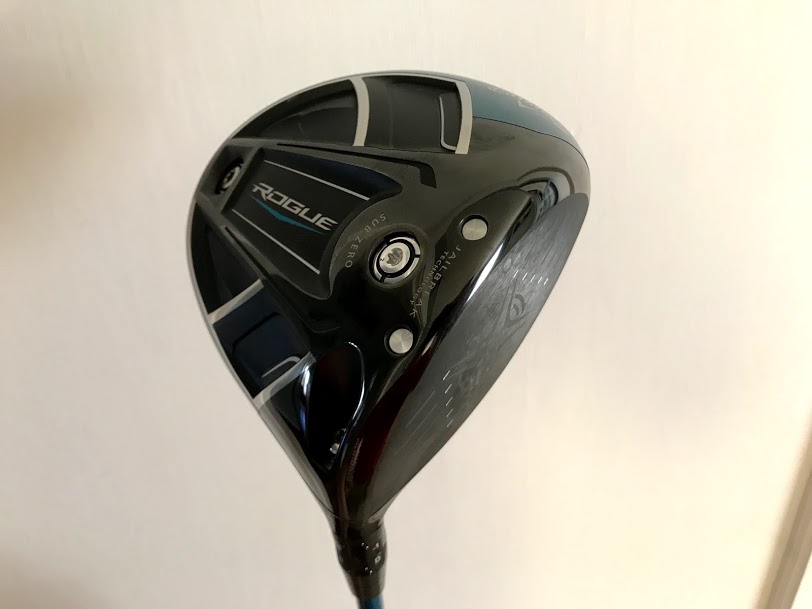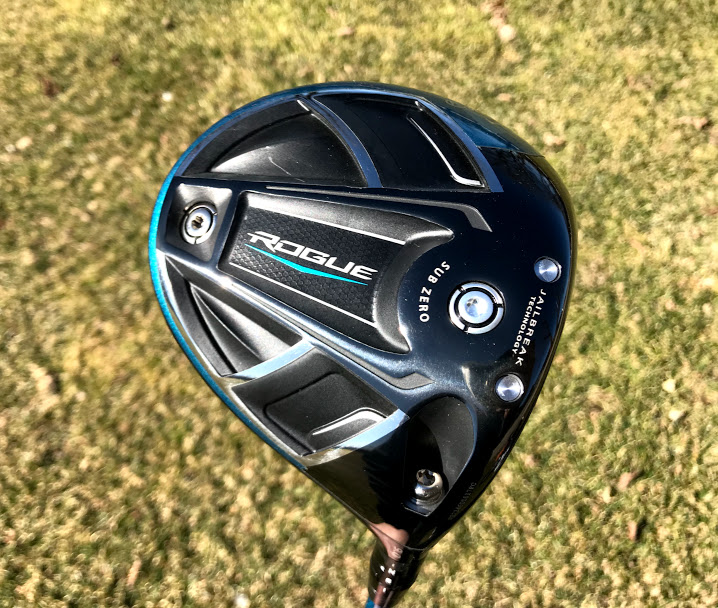REVIEW: Callaway Rogue Sub Zero Driver
Callaway Rogue Sub Zero Driver
The next generation of ball speed
The Callaway Rogue Sub Zero driver is an upgraded take on last year's incredibly popular Epic Sub Zero, featuring more forgiveness and the company's Jailbreak technology. My test yielded impressive results across the board, proving this driver as one of the best on the market.
Look and Feel
Simply put, the Callaway Rogue Sub Zero looks fantastic and feels the same.
The driver head design looks clean and professional with muted graphics that will appeal to a wide range of players. The club's crown includes Callaway's chevron logo as an aim point along with subtle carbon fiber graphics that fade toward the back of the club. Conversely, the club's sole looks like a spaceship hull that may be a bit extreme for some, but I felt it was tastefully done and extremely modern.
In terms of feel? Well, this club feels outstanding. Much like the Epic, the Rogue SZ sounds and feels extremely solid at impact. Jailbreak technology is the real deal and you can almost feel the clubhead's stability when you strike the ball. The Rogue's sound feedback is muted and strong, giving you a ton of confidence on the tee.




Performance
Admittedly, I was concerned that I'd like the Rogue SZ's low-spin profile. I have a love/hate relationship with the Epic SZ at times as I see spin rates as low as 1800 rpm, which can cause the ball to drop out of the sky depending on launch conditions. However, I've also hit some of the longest drives of my life with the EPIC SZ, so I was excited to see what the Rogue SZ had to offer.
Surprisingly, the Rogue did not yield spin as low as I would have expected. This is likely due to the driver weight placement toward the back of the clubhead, which can be adjusted. As a result, I was able to keep the ball in the air longer, which lead to good distance -- even with beat up driving range balls.
What was most impressive was how darn straight my drives were flying. Callaway designed the Rogue line to be more forgiving, and that is exactly what I noticed in my test. I averaged only 5 yards of dispersion off center as the golf ball seemed to gear back toward center every time. The ball also stayed in the air for over 6 seconds on average, completely dispelling my concern that the ball would fall out of the sky like a rock.
Personally, I achieved better distances with the Epic line, however I was much more accurate with the Rogue.
Overall Impression
Wow. I have to say this was a fun club to test.
Callaway is the #1 selling driver brand in the world and it's easy to see why. What they've done with Epic in 2017 will likely be surpassed by Rogue in 2018 as golfers will flock to stores to buy this club. There is no doubt players will improve their driving stats with a Rogue in their golf bag.
In closing, I should remind everyone that the Rogue line was not designed to replace the Epic. Harry Arnett recently explained this distinction on a recent podcast episode, which I highly encourage you to download to learn more.

